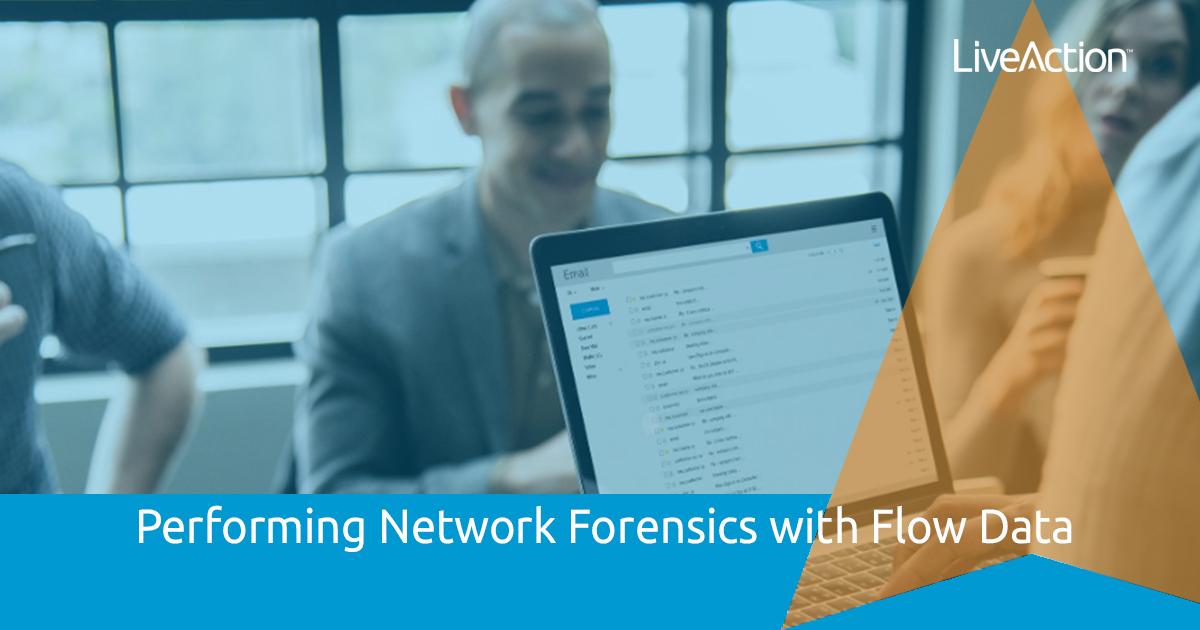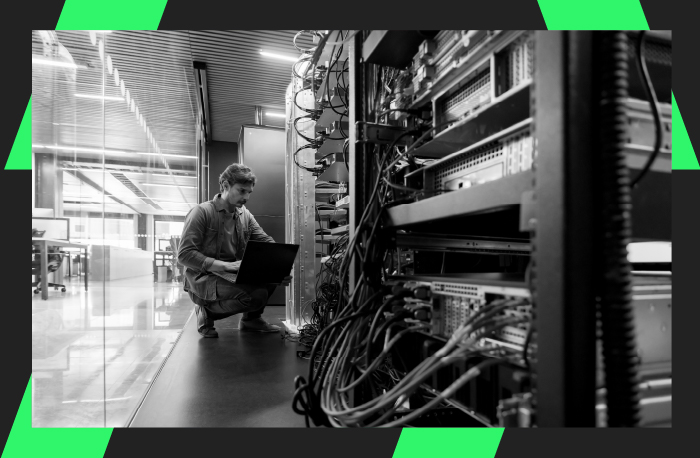
Supply chain issues are forcing the hand of some cloud hesitant enterprises who can’t put their business needs on hold much longer. The lead time for network hardware to arrive can be months to a year out as network devices reach end-of-life or require upgrades. Those stuck waiting on these critical infrastructure pieces experiences are feeling the pain through their networks.
What’s behind these hardware delays?
Behind this supply-chain failure is the “semiconductor” or “chip.” These terms are used interchangeably, but they aren’t actually the same thing. The semiconductor material is used to create a semiconductor wafer which is then used to create the microchip. The microchip is also known as an integrated circuit (IC).
The production capacity for wafers is currently maxed out and is the culprit in every hardware backlog you experience. The raw semiconductor material is critical to everything that computes, gaming systems and computers, earbuds and cellphones, cars and washing machines, your Roomba vacuum cleaner. The rubber meets the road in the NetOps world with chip-powered switches, servers, and modems.

A combination of exploding demand, factory shutdowns from COVID-19 and trade sanctions put some estimates of the chip shortage to mid-2022, but others are not as optimistic. NASDAQ thinks it will only just begin to ease in 2023. And these estimates were before the Russian invasion of Ukraine. Ukraine is home to two of the world’s largest suppliers of neon which produces over half the world’s supply of semiconductors needed for chips. As of now, production is suspended. Even if they were producing this key ingredient for chips, they would have no way to reach the global economy with current freight blockades on parts of the Black Sea and the Sea of Azov. This will certainly extend delays and create complications to the current supply chain congestion.
What does the chip shortage mean for my business?
The chip shortage means businesses cannot get the hardware they need to upgrade, scale, or replace end-of-life equipment. Deteriorating network conditions result in poor end-user experience and impact the bottom line. Many businesses that held out on moving to the cloud in its early days have found themselves between the two options of waiting it out for back-ordered hardware or migrating to the public cloud. Research finds many consumers are shifting their faith to the virtual.
78% of consumers would be more
willing to buy from a brand they
knew used artificial intelligence
(Al) to manage their supply chain
Public Cloud or Bust
A cloud move is doubly beneficial for businesses whose infrastructure already needs upgrades or has reached end of life (EOL). Partial cloud migrations of back-office systems are being considered as a temporary measure to free up capacity on in-house infrastructure while waiting out the chip shortage.
That being said, cloud migration, whether phased or complete, is no small undertaking. It requires significant preplanning and oversight to pull off with minimal disruption.
Companies considering a temporary or a long-term move to the cloud are evaluating tools that mitigate network disruption. A botched migration can create a negative reception from end-users and damage stakeholder buy-in. As the saying goes, measure twice and cut once.
LiveAction Can Guide Your Cloud Migration
LiveAction’s LiveNX platform gives you the visibility needed to pull off a cloud migration. LiveNX can baseline your existing network with preplanning migration tools and provide monitoring from on-premise to the public cloud. Bridge the visibility gaps during your “lift and shift” deployment. Whether it’s just until the chips come back or forever, the right Network Monitoring Platform (NPM) makes the difference in a successful digital transformation. Talk to us and get unstuck from the supply chain today.



